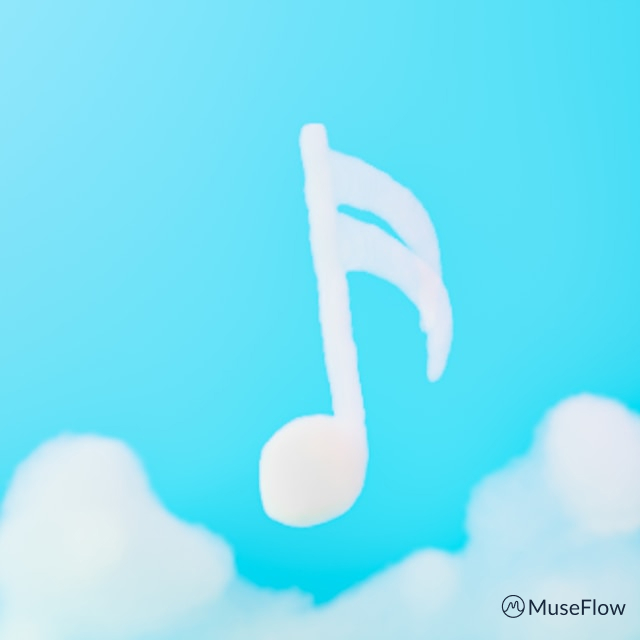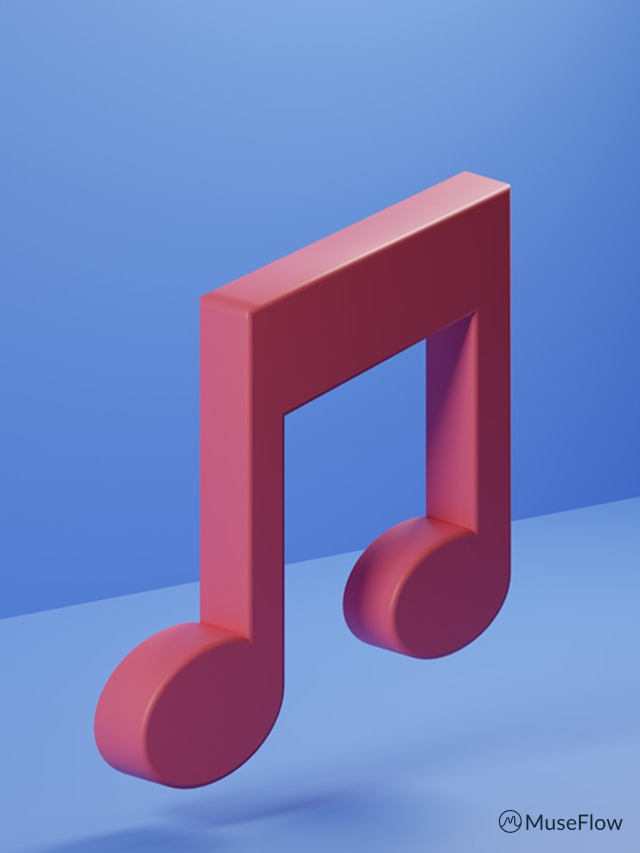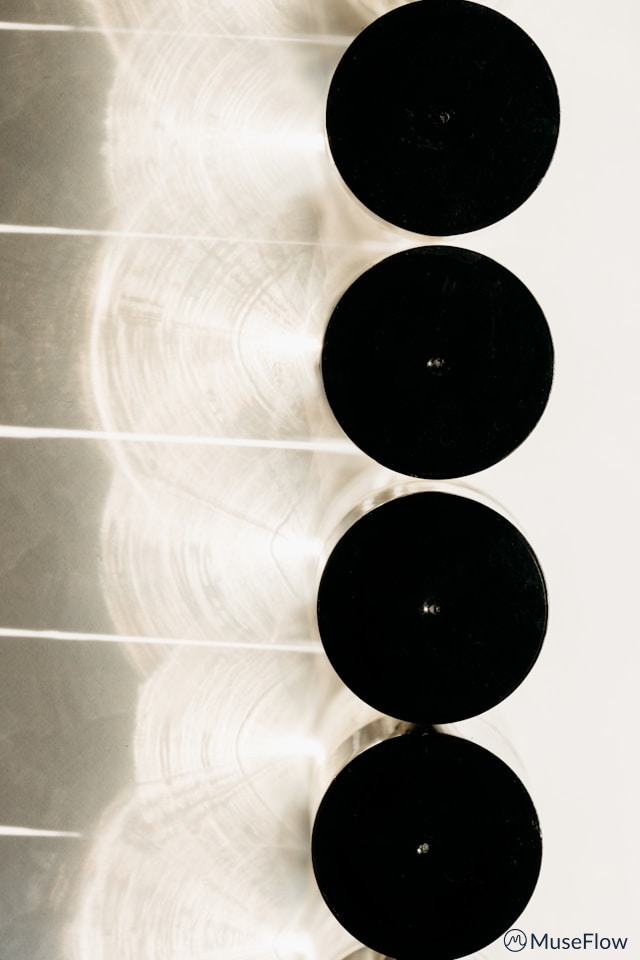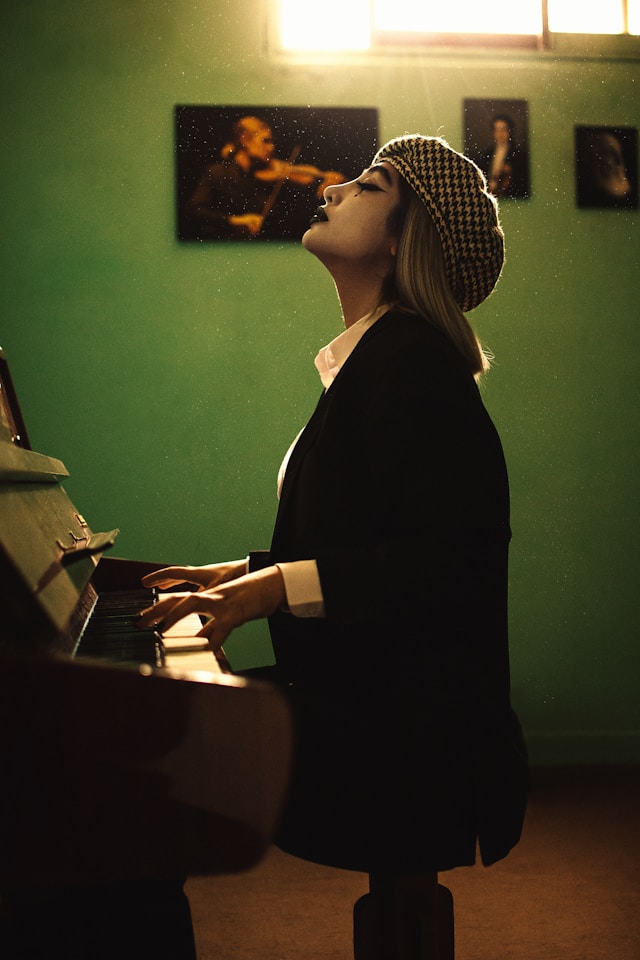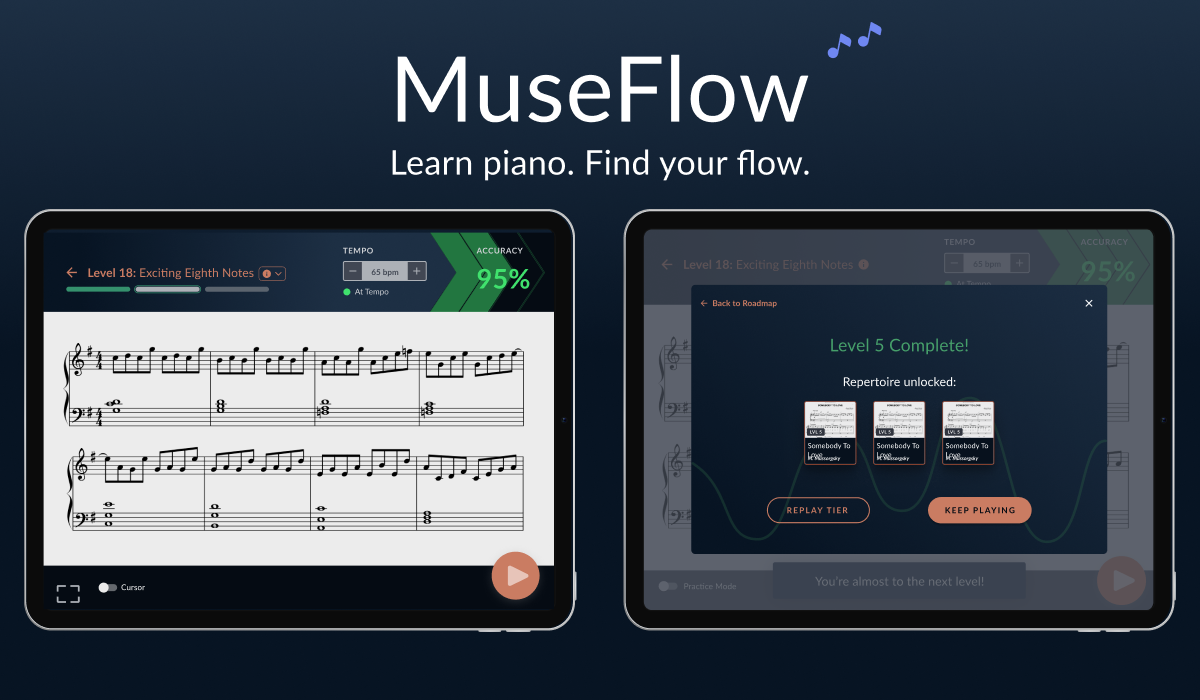Turn Sight Reading Into a Game:The Best Way to Practice Piano
What if you could turn sight reading into a game that's so fun and engaging you'd actually look forward to practicing? Piano sight reading as a game isn't just a fantasy.. it's a revolutionary approach that's transforming how musicians develop this essential skill and more.
MuseFlow has mastered the art of making sight reading practice as addictive as your favorite video game while building genuine musical literacy.
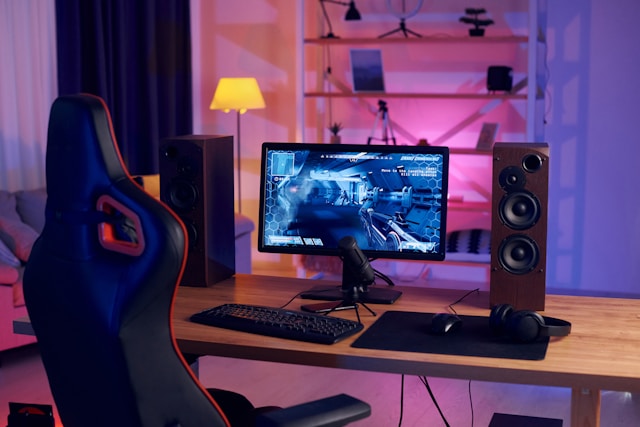
Understand Why Traditional Methods Fall Short
Most pianists struggle with sight reading because traditional methods create barriers to learning this skill, instead of finding a way to bridge the gap and limitations to learning. Traditional methods:
- Are repetitive and boring with the same exercises or etudes over and over.
- Are frustratingly slow with no immediate feedback or rewards.
- Are de-motivating with unclear progress with the potential for you to make the same mistakes over and over.
- Are disconnected from real music performance and practice through abstract exercises that don't feel musical
- Are a one-size-fits-all approach, while ignoring individual learning styles and pace.
Students avoid sight reading practice, never developing a fluency that unlocks musical freedom and expression.
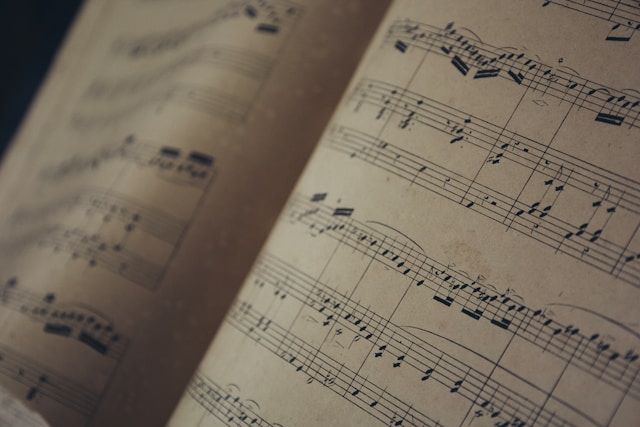
Discover the Science of Game-Based Learning
Research from NC State University shows that game-based learning significantly improves student achievement by increasing engagement and motivation. When you turn sight reading into a fun game, you utilize powerful psychological principles of flow and engagement!
Essential Elements for Success:
- Immediate feedback that guides improvement
- Progressive challenges that match skill development
- Clear goals and rewards that maintain motivation
- Engaging presentation that holds attention
- A sense of achievement through visible progress
Studies from Iowa State University reveal that game-based learning motivates students across age groups, making piano sight reading as a game incredibly effective for all levels.

Experience MuseFlow's Game-Based Transformation
MuseFlow doesn't just add game elements to traditional sight reading.. it completely reimagines the experience as an immersive game that builds real musical skills.
Revolutionary Music Engine
The game-changer? MuseFlow generates music that literally never repeats. Every practice session:
- Presents fresh challenges at specific levels of difficulty that prevent rote memorization and encourages true sight reading
- Maintains constant novelty by letting you explore new game levels
- Builds genuine fluency rather than pattern-recognition, and provides unlimited content for endless gameplay
Interactive Feedback System
When you connect your digital piano, MuseFlow becomes an interactive game with instant feedback through green lights for perfect notes and timing, visual indicators showing exactly what to improve, immediate correction that builds proper habits, and achievement tracking that celebrates progress.
This real-time feedback is what research identifies as crucial for effective gamification in education.
Dual-Mode Progression
MuseFlow combines open-world and campaign mode game design:
Campaign Mode Features: 27 progressive levels from beginner to advanced, structured curriculum with clear objectives, and unlockable content that rewards advancement.
Open-World Mode Features: Choose your own adventure based on interests, flexible exploration of different musical styles and songs, and personalized challenges that you can adjust to your skill level.
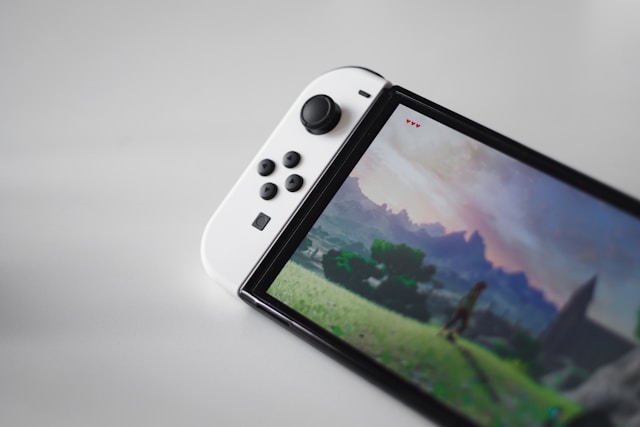
Maximize Your Game-Based Learning Benefits
When you turn sight reading into a fun game with MuseFlow, you unlock:
Engagement Mastery:
- Addictive practice environment that makes sessions irresistible
- 95% accuracy requirement ensuring real competency, not aiming for perfection
- Flow State optimization for effortless learning
Technical Excellence:
- Interactive video tutorials with game-engine technology
- Seamless MIDI integration with your piano connection
- Visual progress tracking showing measurable improvement
Learning Innovation:
- Just-in-time concept introduction when needed
- Achievement system celebrating meaningful milestones
- Never-ending content that maintains interest
Practical Application:
- 103 songs in repertoire library for real-world practice
- 27 difficulty levels accommodating all skill ranges
- Comprehensive curriculum covering essential musical elements

Harness the Psychology of Gaming Success
Traditional practice relies on willpower and discipline. Game-based sight reading leverages intrinsic motivation through proven psychological mechanisms.
Flow State Creation: When a challenge perfectly matches your skill level, you enter that magical zone where time disappears, learning happens effortlessly, and progress feels natural and rewarding.
Confidence Building: Small, frequent wins boosts self-confidence, reduces performance anxiety, encourages risk-taking in a safe learning space, and develops resilience when facing challenges.
Motivation Enhancement: Game elements transform practice from obligation to entertainment through visual rewards, progressive unlocking of content, competitive elements, and social sharing of achievements.

Begin Your Game-Based Journey
Ready to experience what happens when you turn sight reading into a fun game? MuseFlow makes this skill accessible and enjoyable.
Your transformation from sight reading avoider to enthusiast starts with understanding that practice doesn't have to feel like work. With MuseFlow's piano learning through games and game-like lessons, you'll discover why thousands choose to turn sight reading into a game.

The best way to practice piano? Make it feel like your favorite game.
.svg)
